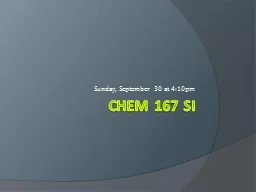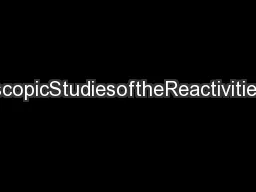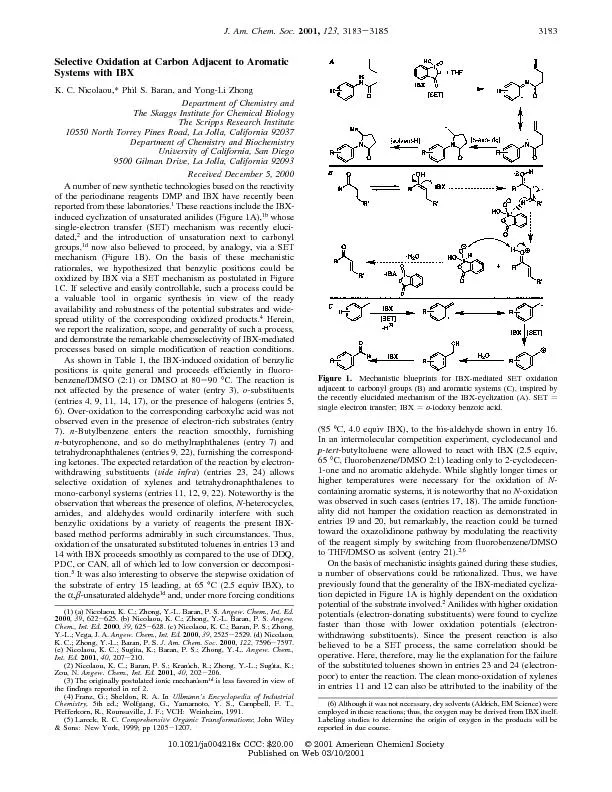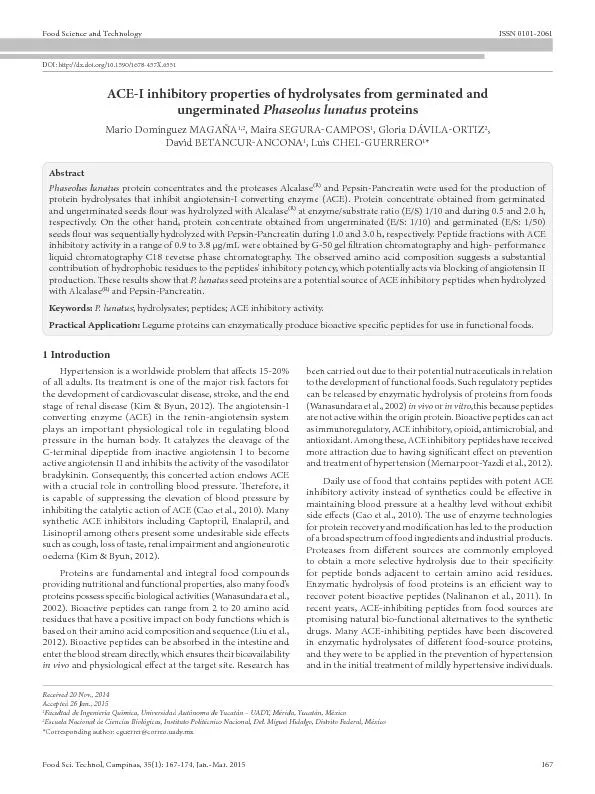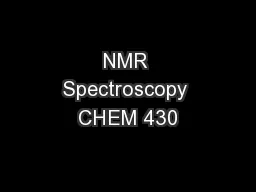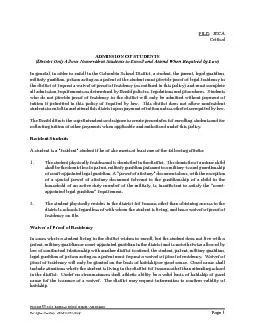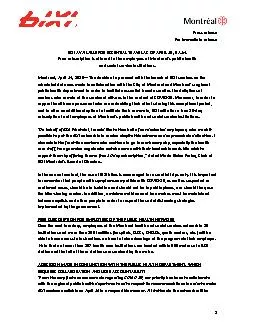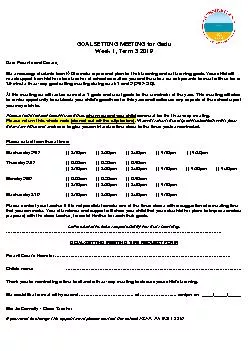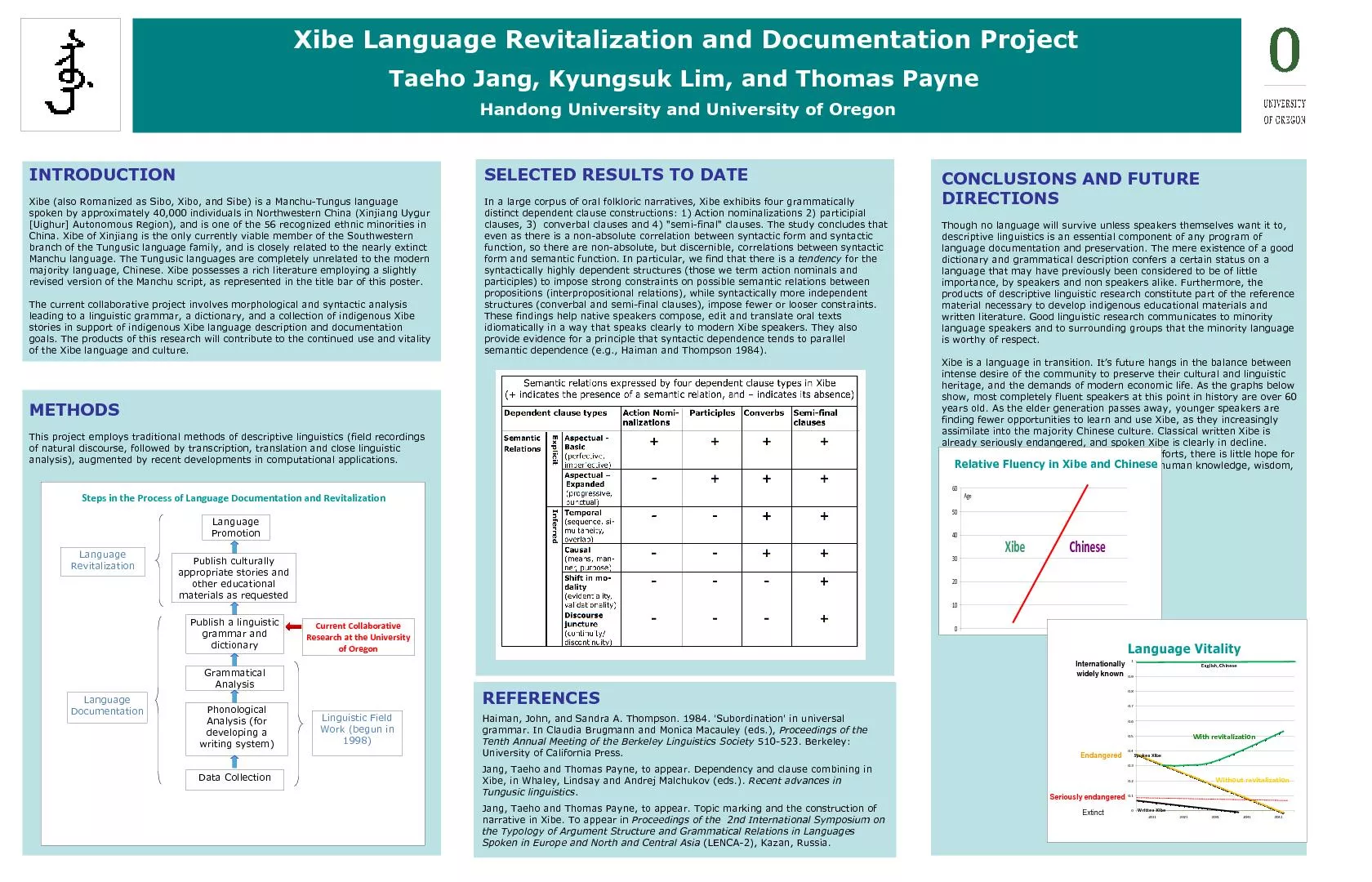PPT-Chem 167 SI Sunday, September 30 at 4:10pm
Author : luanne-stotts | Published Date : 2019-01-23
Chapter 6 in Review Some stuff you might have forgotten already Some practice A mercury atom is initially in its lowest possible or ground state energy level The
Presentation Embed Code
Download Presentation
Download Presentation The PPT/PDF document "Chem 167 SI Sunday, September 30 at 4:1..." is the property of its rightful owner. Permission is granted to download and print the materials on this website for personal, non-commercial use only, and to display it on your personal computer provided you do not modify the materials and that you retain all copyright notices contained in the materials. By downloading content from our website, you accept the terms of this agreement.
Chem 167 SI Sunday, September 30 at 4:10pm: Transcript
Download Rules Of Document
"Chem 167 SI Sunday, September 30 at 4:10pm"The content belongs to its owner. You may download and print it for personal use, without modification, and keep all copyright notices. By downloading, you agree to these terms.
Related Documents

